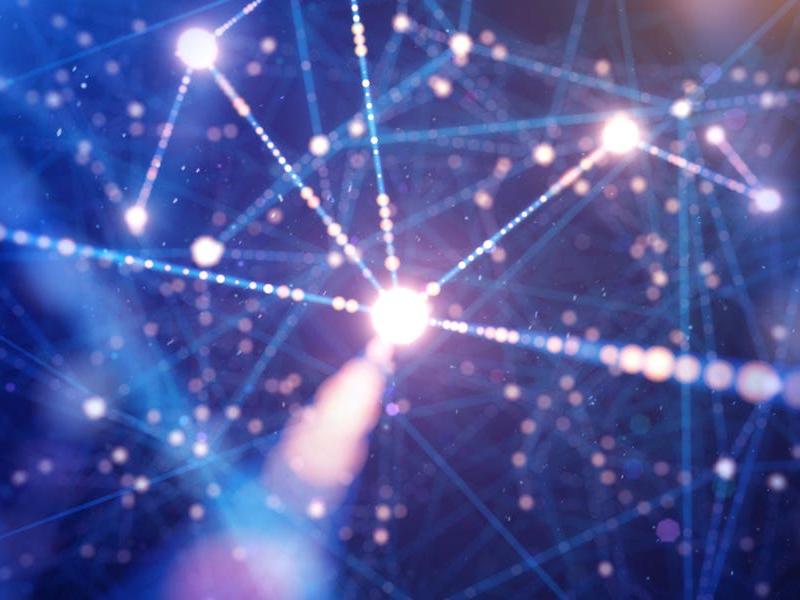Generative Artificial Intelligence (GAI) is projected to add an estimated $2.6 trillion to $4.4 trillion in economic value, according to research by McKinsey. Deep learning, a subset of AI, uses artificial neural networks (ANNs) to process data, specifically graph neural networks (GNNs) to understand data organized in graphs and shape advanced predictions. GNNs provide advanced analysis across a variety of industries, such as drug discovery, particle physics simulations, and market forecasting. However, GNNs must overcome scalability issues and require pre-training on labeled data. AI has the ability to perform certain impressive tasks, but deep learning still has a significant journey ahead toward optimized productivity.

